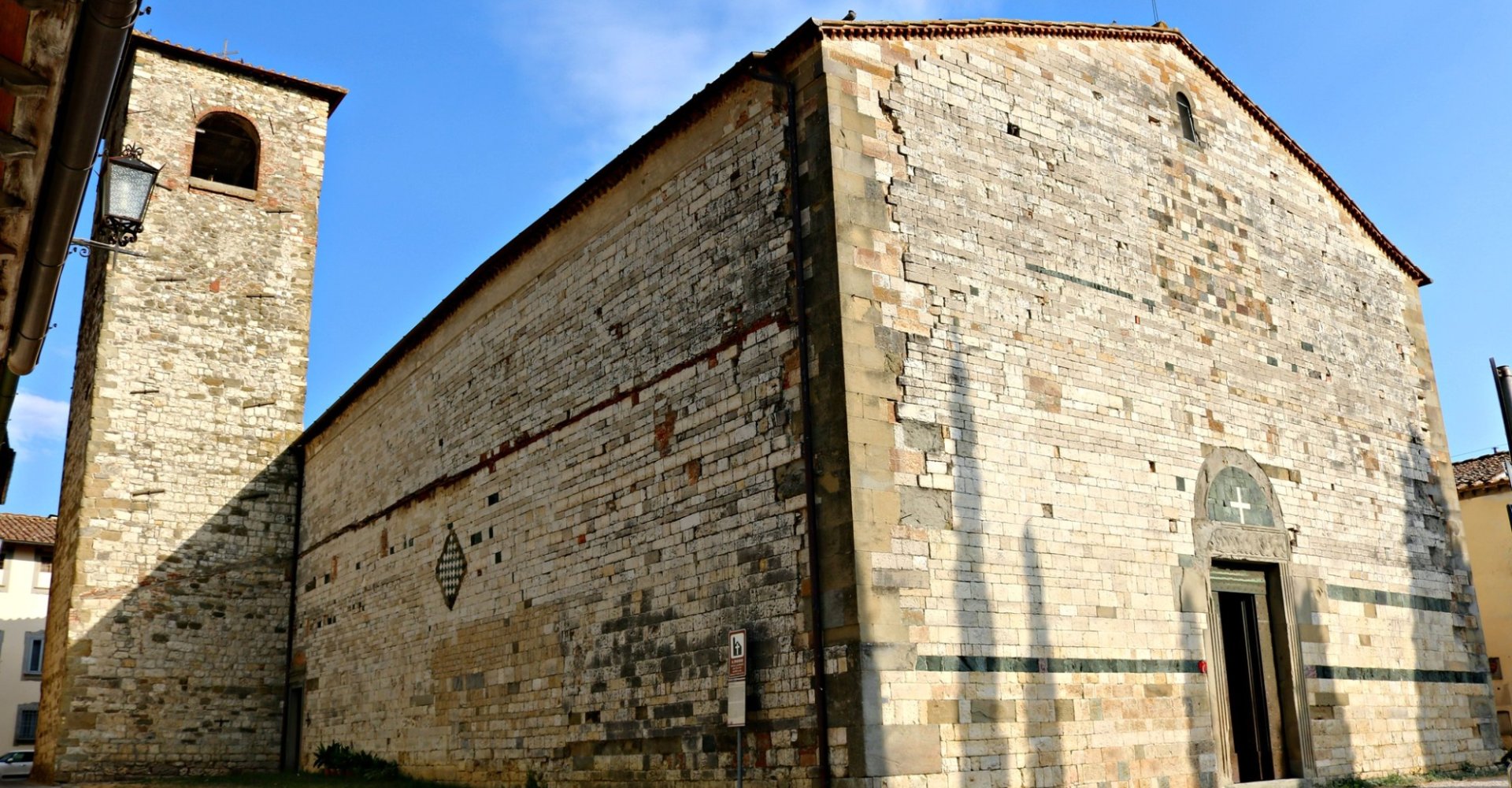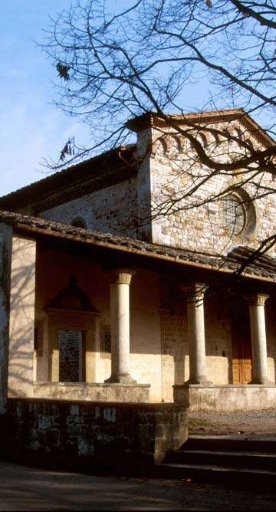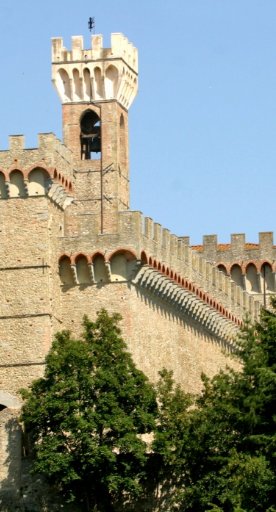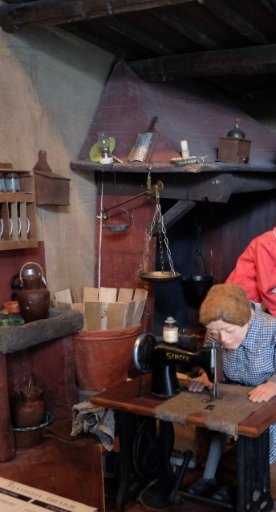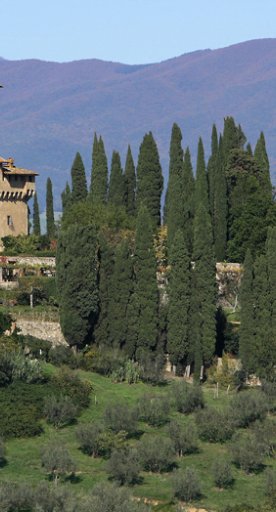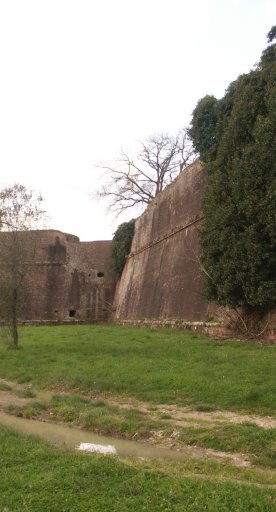Parish church of Sant'Agata in Scarperia
Outstanding example of Romanesque in the heart of Mugello
In the Mugello valley at the foot of the Tuscan-Emilian Apennines, the medieval village of Scarperia and its surroundings is hoome to historical and religious gems. Among these is the parish church of Sant'Agata, one of the most important and well-known examples of the Romanesque in Mugello.
The parish church is located in the hamlet of the same name, Sant'Agata di Mugello, and stands with its austere and pared-back architecture that's full of history and sacred art. Dated shortly before 1000 AD, it was most likely erected on a pre-existing sacred building dating back to the 5th century as some traces identified on the floor suggest.
It has a simple facade, which does not immediately reveal the subdivision with three naves inside, characterized by an original architectural solution that rests the wooden armature of the roof directly on the pillars, thus giving a greater sense of breadth and magnificence inside the building.
The entrance door is decorated with a serpentine lintel and a cross made of Alberese stone, while the left side of the church has a unique checkerboard as an element of decoration, created with the same materials.
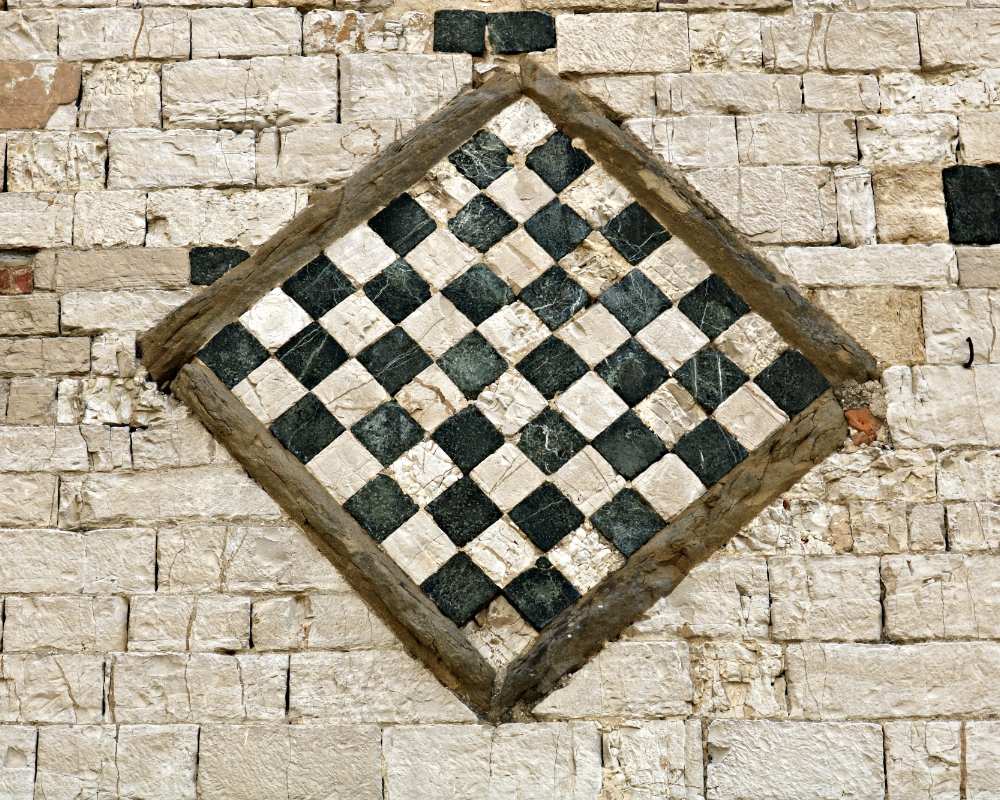
A bell tower in the shape of a quadrangular tower is a dominant feature at the lower end of the building. The tremors of the earthquake in 1542 caused the tower to collapse and today it's much lower than the original.
Entering the church, works and frescoes of high artistic value can be seen. Among these is the stone baptismal enclosure made up of inlaid panels in green Prato marble and the venerated Madonna delle Grazie by the Florentine painter Jacopo di Cione.
Attached to the parsonage of the parish is the Archaeological Documentation Centre of Sant’Agata, a collection of finds that documents the history of the area from prehistoric times to the Middle Ages. Also adjacent to the churchyard is the oratory of the Compagnia di San Iacopo which houses the valuable collection of sacred art of Sant'Agata.
